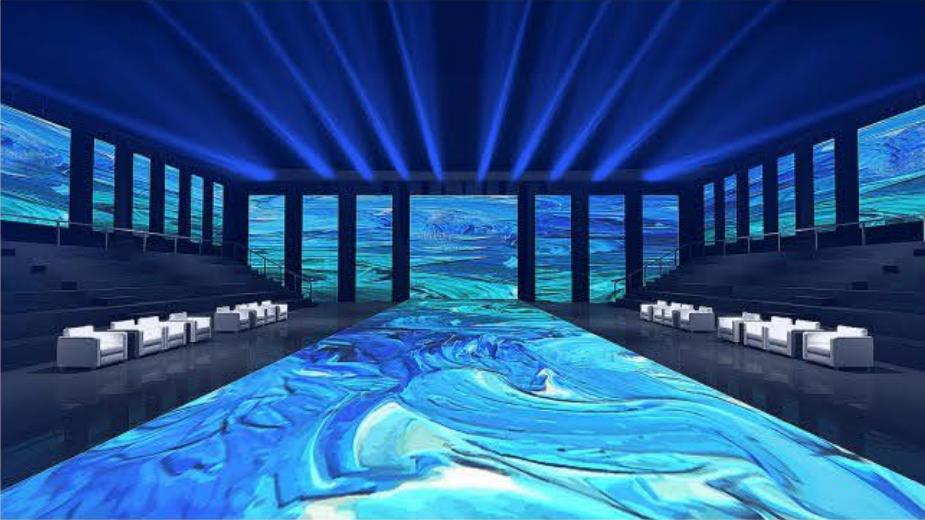On the 22nd, Harbin Engineering University hosted the opening ceremony of the Ocean Culture Center, aiming to raise national awareness about the oceans, deepen understanding of marine environments, and foster a widespread societal interest in oceanic knowledge and protection. The event was designed to inspire a broader appreciation for the seas and their significance to both the country and its people.
During the ceremony, several notable figures made significant contributions. Man Shentang, a deep-sea hero associated with Tang Jialing, Zhu Jindeng, the captain of the Xiangyanghong 09, and Li Mingchun, a special advisor to the Ocean Culture Museum, donated rare artifacts related to marine culture to the museum. These items are expected to serve as important educational tools for future visitors.
The Kazakh Marine Culture Museum spans 379 square meters, with an extension line of approximately 200 meters. It features a staggered floor plan and a total exhibition wall area of 402 square meters. The space showcases 431 images, including custom illustrations depicting the era of seafaring, ocean divisions, and submarine topography. Over 50 physical exhibits are also on display, such as four famous snail specimens, soil samples from Huangyan Island, seawater from Diaoyu Island, sand from Yongxing Island, manganese nodules, and hydrothermal vent samples collected by Zhanglong. Additionally, the museum displays water samples from the Mariana Trench, one of the most mysterious parts of the Pacific Ocean.
Guests had the opportunity to experience virtual equipment on the Liaoning Ship, offering an immersive look into maritime life. Visitors can also engage with interactive elements, such as virtually "roaming" aboard the ship, "mounting" the Diaoyu Islands, and even placing a flag to assert sovereignty — all through a VR multimedia experience.
The Ocean Culture Center is structured around the themes of understanding, caring for, and protecting the ocean. Its narrative focuses on the relationship between humans, the nation, and China’s maritime development. Divided into four main sections — natural oceans, human-ocean interactions, maritime rights, and the construction of an ocean power — the center tells the story of ocean origins, human exploration, the creation of a new maritime order, and the advancement of blue technology and economy.
The museum also aims to educate the public, especially students, about the importance of the ocean and the need to protect it. According to the project director, the center is not just for the university community but is intended to inspire broader public engagement with marine issues. Future plans include digitizing the venue, allowing people across the country to explore marine culture online. This initiative marks the beginning of a larger movement to promote ocean awareness and cultural appreciation nationwide.
This series is a professional floor-mounted LED Screen for both indoor and outdoor use, with a very strong load-bearing capacity. Suitable for various entertainment places, like KTV, bars, shopping malls, amusement parks, sports fields and so on. This product has a laser sensor function, which allows people to interact with video games, which is very interesting. Dance Floor LED Screen is a very good choice for a special solultion of advertisiment on everywhere, or make your stage more interesting and pretty.

Dance Floor Led Screen,Stage Pantalla Led Screen,Rentall Eventos Led Wall,Stage Pantalla Led Display
Guangzhou Cheng Wen Photoelectric Technology Co., Ltd. , https://www.cwdisplay.com